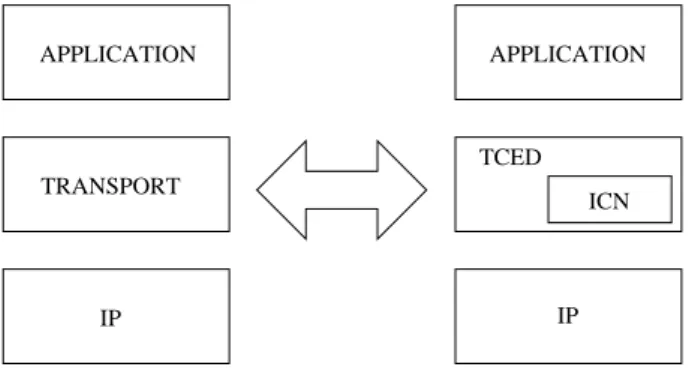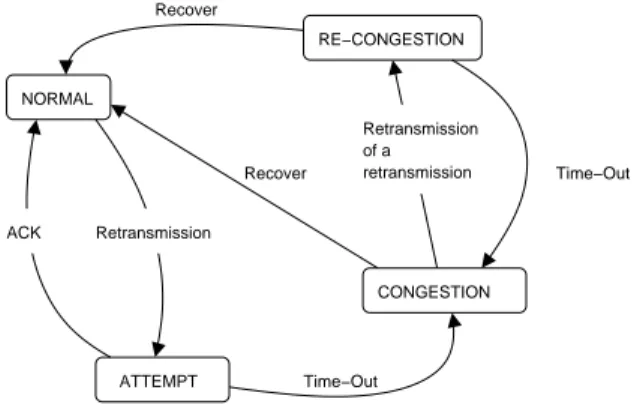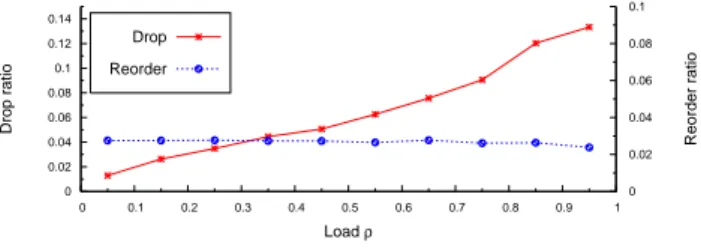Transport congestion events detection (TCED): towards decorrelating congestion detection from TCP
Texte intégral
Figure




Documents relatifs
Figure 5 presents the ridesharing share and the level of congestion as a function of the percentage of drivers willing to participate in the ridesharing scheme for the 15-minute
Non seule- ment ses bureaux ne sont pas répartis comme il conviendrait dans Paris et la périphérie (il n'y en a pratiquement pas dans les quartiers de l'Est), mais la plupart
Congestion-oriented clustering: The clustering step groups the sensors with a high chance of congestion into clusters, using COCA.. It operates according to two metrics:
In this paper, we propose to use a Monte Carlo Search approach in order to get algorithms that (i) achieve a better scalability and (ii) can easily be extended to integrate
At time 18 the lost packet is acked, the source exits the fast recovery mode and enters congestion avoidance.. The congestion window is set to the
I can do for and ; if is small enough (i.e.
This Cost Contribution Proposal is the proposal regarding the contribution of Elia, in accordance with Article 76(2) of CACM Regulation and following the principles of the
These design requirements include a choice between different forms of congestion control, moderate overhead in the size of the packet header, and the use of Explicit Congestion
